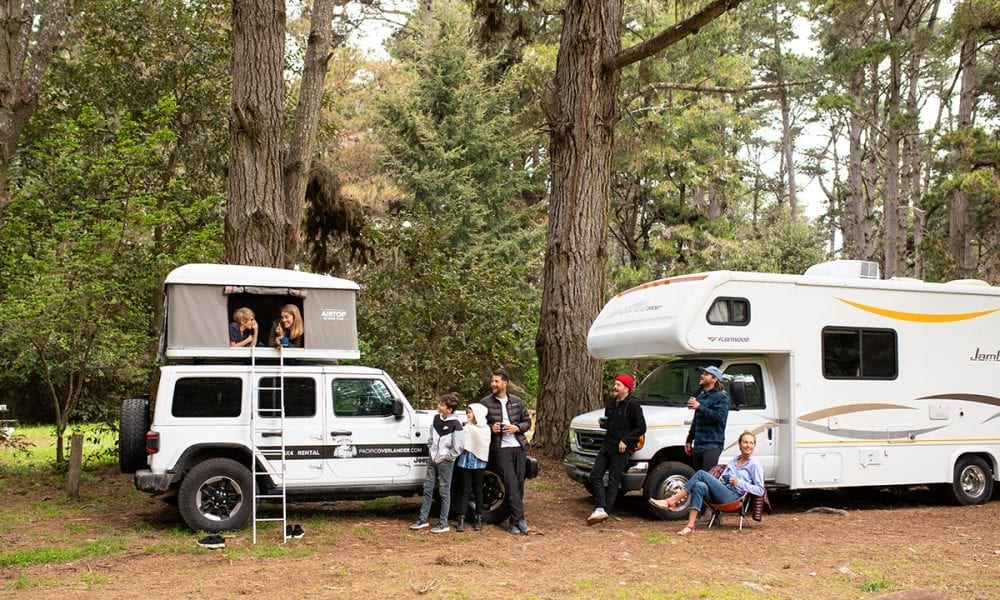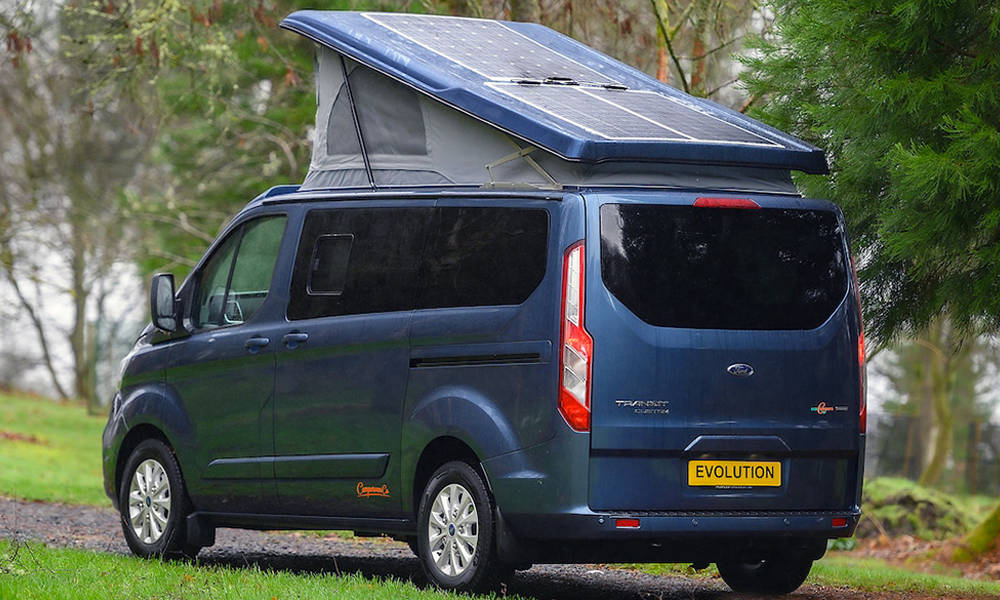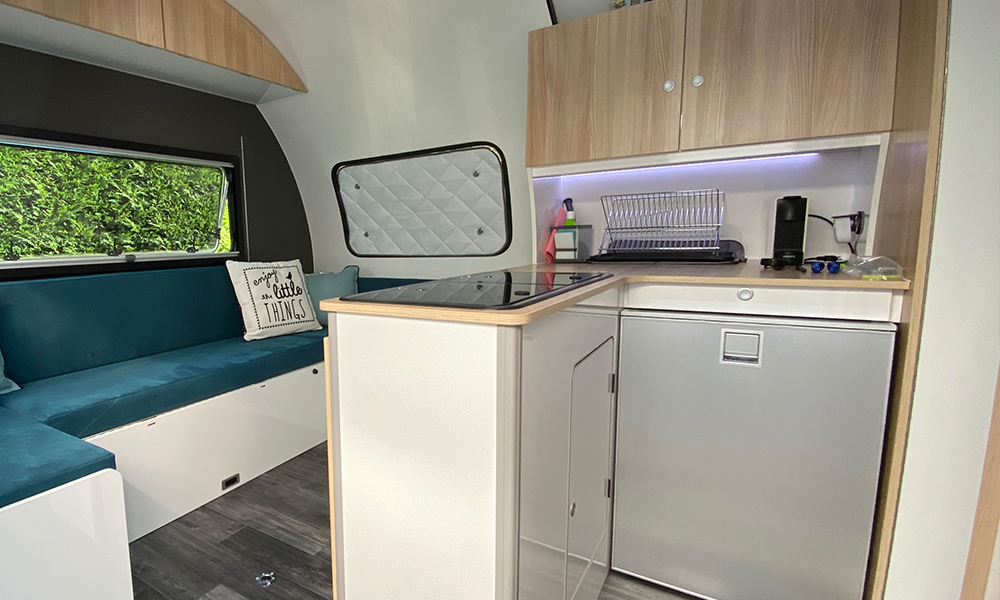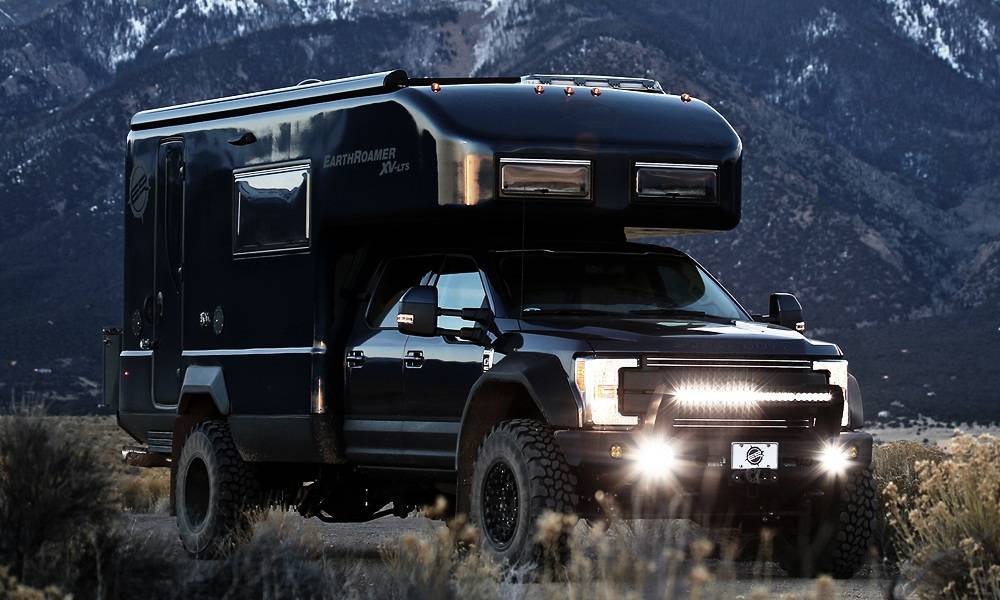The tiny house movement and RV living have both gained popularity in recent years as people seek to downsize their living spaces and embrace a more minimalist lifestyle. While the two lifestyles may seem similar at first glance, there are some key differences that set them apart.
What is the Tiny House Movement?
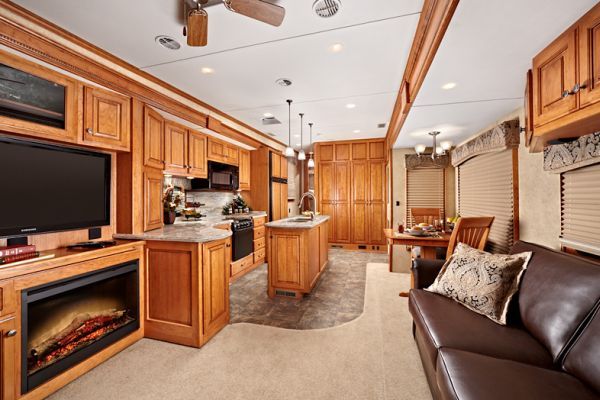
The tiny house movement is a social and architectural movement that encourages people to live in small, minimalist homes. These homes are typically between 100 and 400 square feet and are designed to be eco-friendly, affordable, and energy-efficient. Many tiny homes are built on wheels, allowing owners to move them from place to place as needed.
- Pros of the Tiny House Movement:
- Minimalist lifestyle
- Eco-friendly
- Energy-efficient
- Lower cost of living
- Cons of the Tiny House Movement:
- Limitations on space
- Less storage
- Less privacy
- May not be suitable for families with children
What is RV Living?
RV living is a lifestyle that involves living in a recreational vehicle, often for extended periods of time. RVs come in many shapes and sizes, from small camper vans to large motorhomes. Many people who embrace RV living do so because of the freedom and mobility it offers, as they can easily travel to new places and experience new things.
- Pros of RV Living:
- Freedom and mobility
- Opportunities for travel and adventure
- Can be less expensive than traditional living
- Easy to downsize and simplify life
- Cons of RV Living:
- Less space
- Less privacy
- May not be suitable for families with children
- Requires regular maintenance and upkeep
The Intersection of the Two Lifestyles
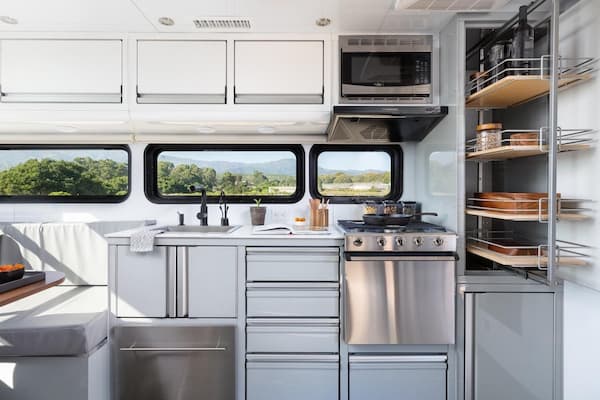
While the tiny house movement and RV living have some differences, they also share many similarities. Both lifestyles involve downsizing and simplifying life, and both can offer a more affordable and eco-friendly way of living. In recent years, some people have even combined the two lifestyles, creating tiny homes on wheels that are designed for long-term living.
These tiny homes on wheels offer the best of both worlds – the freedom and mobility of RV living, combined with the stability and comfort of a small home. Many tiny homes on wheels are designed to be completely self-sufficient, with solar panels, composting toilets, and rainwater collection systems. This allows owners to live off the grid and reduce their environmental impact.
Overall, the intersection of the tiny house movement and RV living offers a unique and exciting way of life for those who are looking to simplify, downsize, and live more sustainably. Whether you choose to embrace one lifestyle or combine the two, there are many benefits to be gained from living in a small, minimalist home on wheels.

